Tariq Mahmood Awan
Pakistan’s democratic journey has been complex, marked by periods of military rule and ongoing debates about the most suitable form of government. Inherited from British colonizers, the parliamentary system has been the primary model, but its effectiveness has been questioned, particularly regarding electing the executive. I want to discuss my point of view in the article. Earlier, I always believed that a parliamentary form of governance was a better option due to the complex sensitivities of the federation and democratic culture in Pakistan. However, there is a need for serious debate on the issue now. Should Pakistanis directly elect their executive leader, potentially through a presidential system, or maintain the current indirect system within a parliamentary framework?
The current parliamentary system in Pakistan involves the legislature electing the Prime Minister, the head of government. However, this indirect approach faces several challenges: The process can be susceptible to “horse-trading,” where promises or favors sway legislators in exchange for their support. This can lead to unstable coalitions and undermine the legitimacy of the elected leader. Furthermore, powerful institutions, such as the establishment, judiciary, and bureaucracy, may exert undue influence on the selection process, potentially compromising the democratic principle of free and fair elections. Then, in the present Pakistani political culture, the legislators are manageable. Thus, the system often evades the popular will and mandate of the people.
Furthermore, Pakistan’s political landscape is often fragmented, with weak party ideologies. This can result in legislators aligning with individuals rather than policies, further hindering stability and hindering long-term vision.
In a parliamentary system, the legislature elects the executive, which is an indirect mode of electing executives. In a presidential system, the executive is elected directly by the electorate.
Pakistan’s current parliamentary system, inherited from British colonial rule, has faced significant challenges in ensuring effective governance and strong representation for the people. While a switch to a presidential system has drawbacks, it’s worth considering if it could address some of the current model’s shortcomings in the context of Pakistan’s unique political environment. In a presidential system, the people directly elect the head of state (president) and potentially the head of government (prime minister) as well. This creates a stronger connection between the leader and the electorate, fostering a sense of accountability. Voters know exactly who they’re supporting and what policies they’re endorsing.
A directly elected president sets the national agenda and has a clearer mandate to pursue specific policies. This can be particularly beneficial in Pakistan’s fragmented political landscape, where weak party ideologies often lead to unclear policy directions within the parliamentary system.
A well-designed presidential system can create a more balanced power dynamic between the federal government and the provinces. The president, representing the national interest, can work alongside provincial governments to ensure national cohesion while respecting provincial autonomy. This could address existing federal tensions in Pakistan. A directly elected president, particularly if elected through a regional electoral college system, could be seen as a more unifying figure who represents the diverse interests of the entire nation, as opposed to a prime minister who might be beholden to specific regional or party interests within a parliamentary system.
A president with a strong public mandate is less susceptible to the political maneuvering and “horse-trading” that can plague parliamentary systems. This can lead to more stable governments with a clearer focus on long-term goals rather than short-term political survival. By concentrating executive power in the presidency, a well-designed system could lessen the undue influence of powerful institutions like the establishment, judiciary, and bureaucracy on the political process, which has been a concern in Pakistan’s history. Furthermore, directly elected presidents are directly accountable to the people for their performance. This can be a powerful incentive for good governance and responsiveness to public concerns. A president, particularly if granted significant executive powers, can provide more decisive leadership compared to a prime minister who might need to navigate coalition politics within a parliamentary system. This could be beneficial in tackling complex challenges that require swift and decisive action.
It’s important to acknowledge that a presidential system is not without its drawbacks. Concerns exist regarding the potential for a strong presidency to exacerbate federal tensions or concentrate too much power in the hands of one individual. However, these concerns can be mitigated through careful design. A system with a strong and empowered legislature, clear checks and balances between the president and the legislature, and a focus on fiscal and administrative autonomy for provinces can help create a more balanced and effective system.
Pakistan’s current political system faces significant challenges. While a switch to a presidential system is not a guaranteed solution, it presents a possibility worth exploring in light of the limitations of the current model. A well-designed presidential system, with a focus on empowering legislatures, respecting federalism, and ensuring checks and balances, could potentially offer Pakistan a stronger, more representative, and more stable democracy. Ultimately, the choice of the best system for Pakistan rests with the Pakistani people. A thorough and inclusive national dialogue is crucial to determine the path forward for a more effective and democratic future.
The implementation of Pakistan’s parliamentary system is the worst of its kind. Candidates manage political parties and also make governments. Therefore, if candidates are managed, the system of legislature and executive is manipulated. Therefore, to counter this and translate the will of the people, it is comparatively better to elect a political executive to avoid manipulating democracy.
Manipulating the people’s will through the existing parliamentary system can lead to a disconnect between the people’s mandate and the chosen representatives. Manipulating the electoral process weakens democracy and undermines public trust in the political system. Proponents of a direct election system argue that it offers several advantages. By directly electing the executive, the leader gains a stronger mandate from the people, fostering a sense of accountability to the electorate. A directly elected leader has more autonomy and can provide a clearer vision for the country, potentially reducing the influence of special interests and promoting decisive action.
However, concerns remain about the potential downsides of a presidential system in Pakistan’s context. A strong presidency could exacerbate existing tensions between the federal government and the provinces. Balancing a powerful central leader with strong provincial representation requires careful consideration. The primary flaw of the presential system is that it only translates the political will of the smaller parties and communities if they make an accord with the larger parties. While a directly elected executive offers potential benefits, the federal structure of Pakistan necessitates a comprehensive approach. However, empowering legislatures through greater legislative, fiscal, and administrative autonomy can mitigate concerns about an overly centralized presidency.
However, Pakistan’s ongoing political challenges necessitate critically evaluating the current system. The limitations of the indirect election process within the parliamentary framework are undeniable. Given the specific political environment, a shift towards directly electing the executive, potentially through a reformed presidential system, deserves serious consideration. However, a successful transition would require careful design to address federal sensitivities and empower legislatures.
Ultimately, the choice of governance system is a decision for the Pakistani people. A thoughtful and inclusive national conversation weighing both models’ advantages and disadvantages is crucial in determining the path forward for a more stable and effective democracy in Pakistan.
Please, subscribe to the YouTube channel of republicpolicy.com



































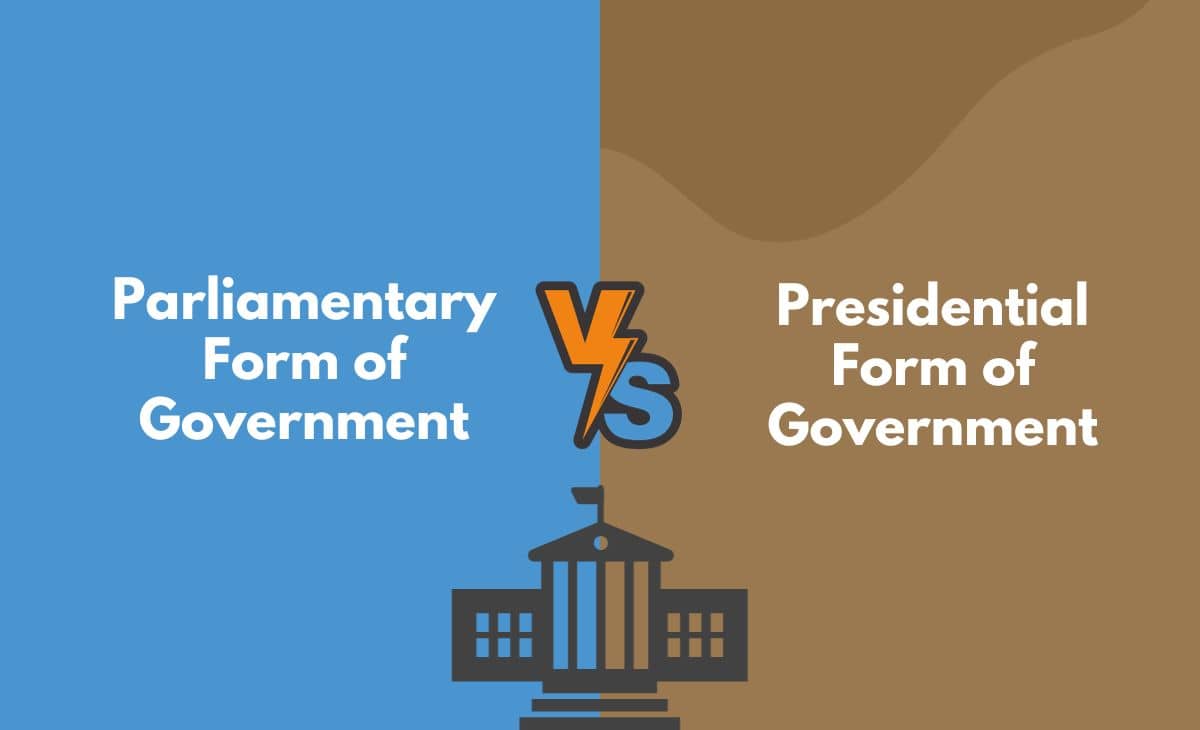


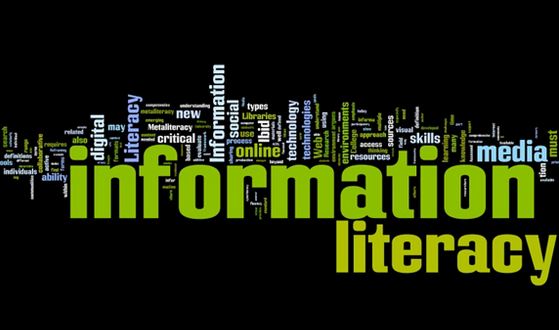




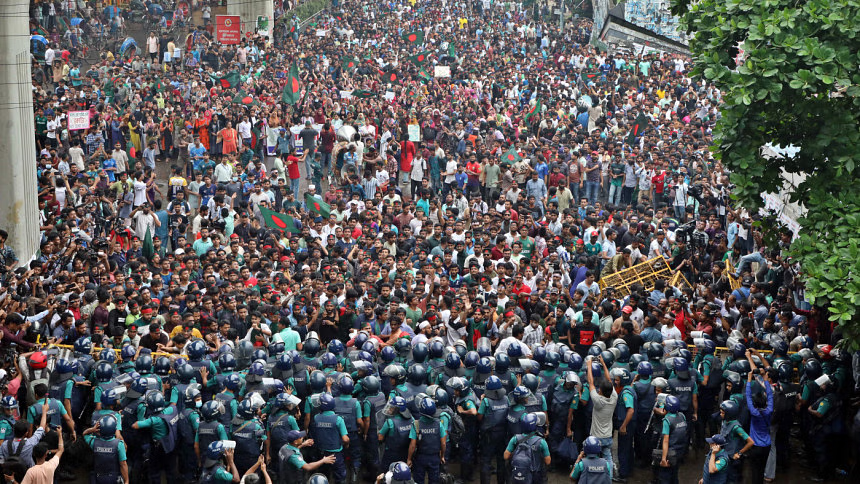
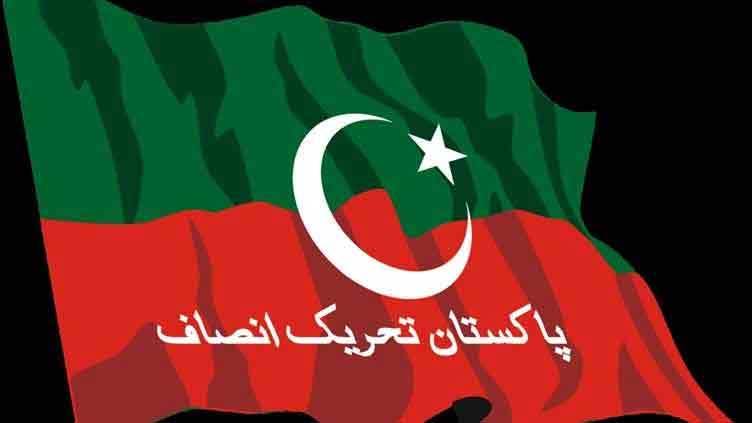
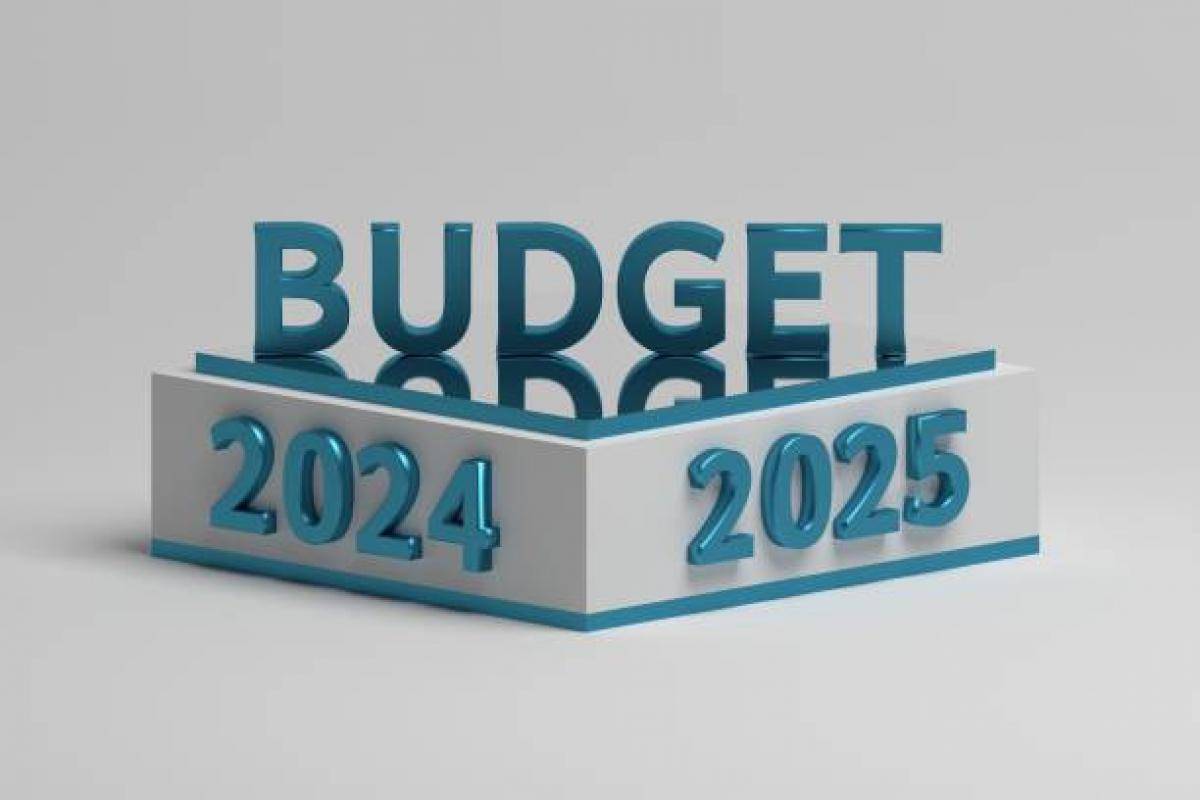
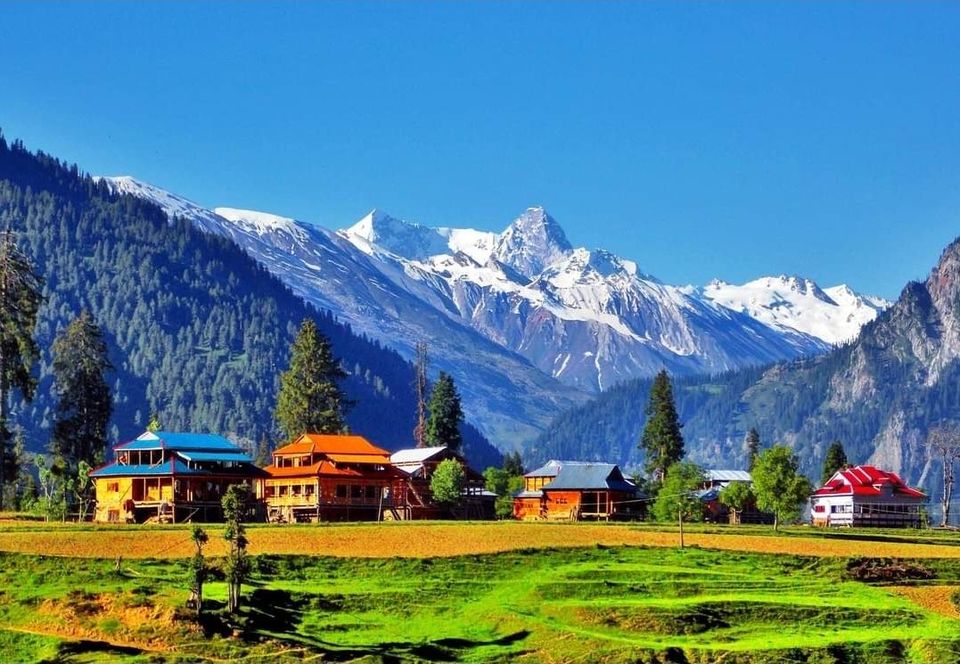



1 thought on “Should Pakistan Elect its Executive Directly? Examining the Debate on Presidential versus Parliamentary Systems”
System need reforms . It should ve decided by people of Pakistan . There should be referendum but do our people are such educated . whom they will vote? The representative of political parties do not accept it specially smaller parties. Do.we implemented parliamentary system.in letters and spirits . The question is of implementation . need of reforms by inclusive approach . And there should be a meaningful debate in parliament , thinktanks, and on media in a pragmatic way.